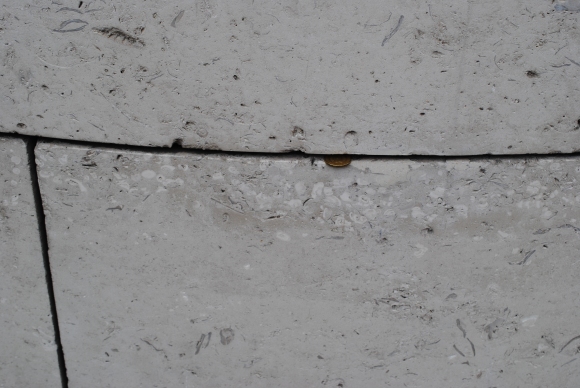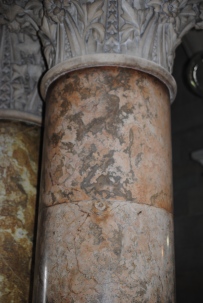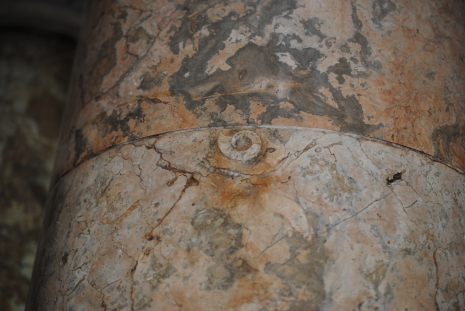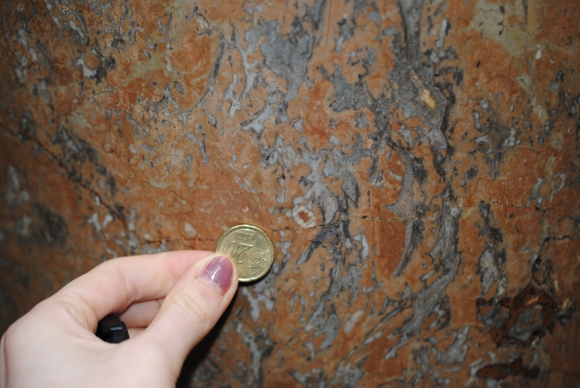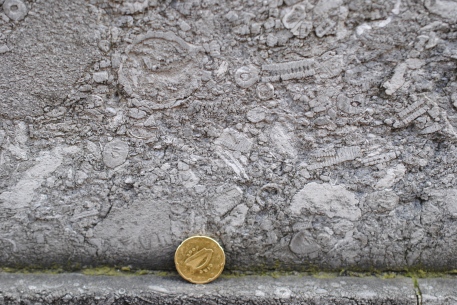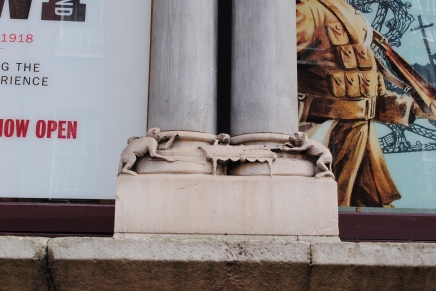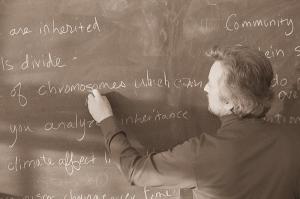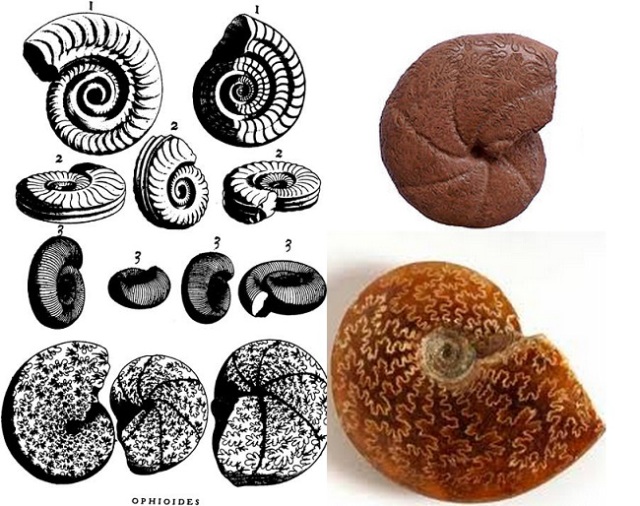For the next three weeks, the Discovery Institute in University College Dublin will house a new Climate Change exhibition, On Thin Ice.
The exhibition tells the story of an expedition by a team of Norwegian researchers from the Norwegian Polar Institute. The researchers embedded their research ship in the ice near Svalbard, close to the North Pole, in order to study the effects of climate change in the Arctic.
“Instead of just [producing] statistics, they wanted to really reach the public and produce a photo exhibition,” said Else Berit Eikeland, Ambassador of Norway to Ireland.
The exhibition was launched on Wednesday 10 October by Else Berit Eikeland, Ambassador of Norway to Ireland, Prof. Tasman Crowe, Director of the UCD Earth Institute, and Assoc. Prof. Patricia Maguire, Director of the UCD Institute for Discovery.
Prof. Tasman Crowe, Director of the UCD Earth Institute talks about the exhibition on the eventing of the launch.
Dr Conor Sweeney, UCD School of Mathematics and Statistics, talks about the uncertainty around climate change and how to communicate it to non-scientists.
The launch was accompanied by a panel discussion on climate change.
Above Left: Else Berit Eikeland, Ambassador of Norway to Ireland, talks about the climatic links between the Arctic and Ireland. Right: The layout of the sea ice around the Lance, sketched by project leader Harold Steen.







